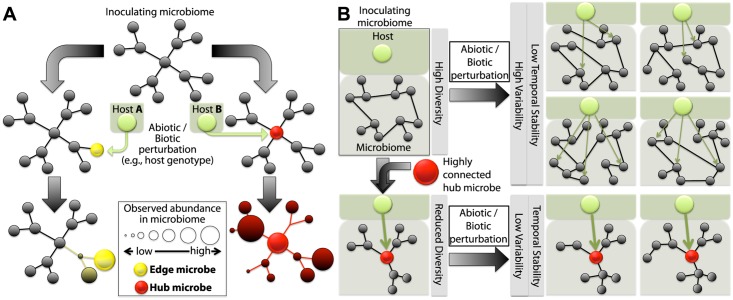Fig 6. Direct targeting of a hub by a biotic or abiotic factor results in a cascade of abundance shifts throughout the community.
A. The magnitude of effects of host or abiotic factors on microbial community structures is dependent on the connectivity of microbes targeted by the factor. For example, host “A” directly limits the colonization of an “edge” microbe (with low degree in the community network), and a relatively small shift in beta diversity is observed compared to the inoculating microbiome. On the other hand, when host “B” affects the colonization of a “hub” microbe, a drastic shift of many members of the inoculating microbiome is observed. B. A microbial community without a main “hub” microbe shows high fluctuations in beta diversity upon perturbation by different factors that might act on different “edge” microbes differently and is likely to be more subject to stochastic variation. A microbial community that is structured by a main “hub” microbe shows lower levels of fluctuation in beta diversity but is highly sensitive to perturbations of the “hub” microbe.

